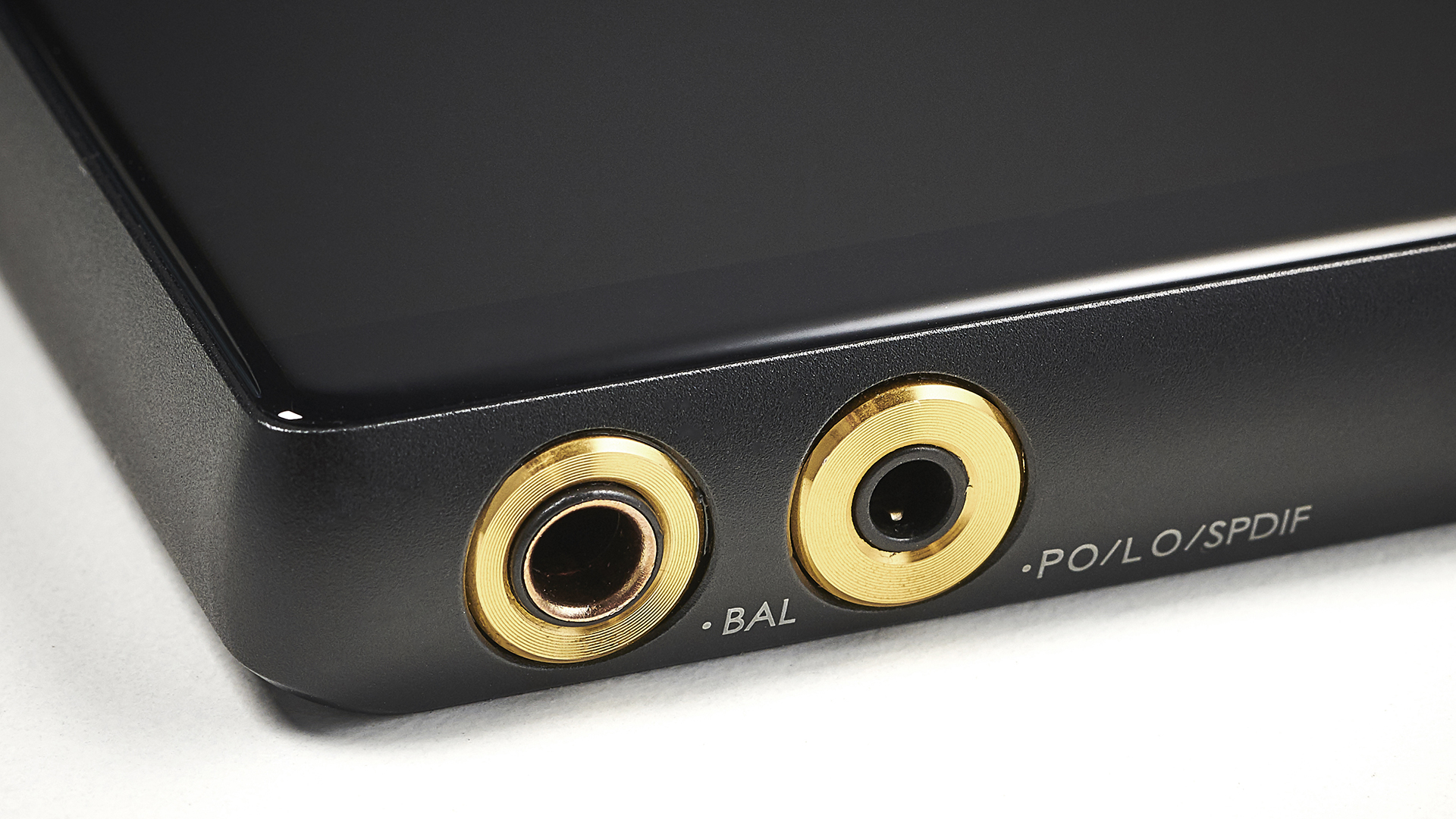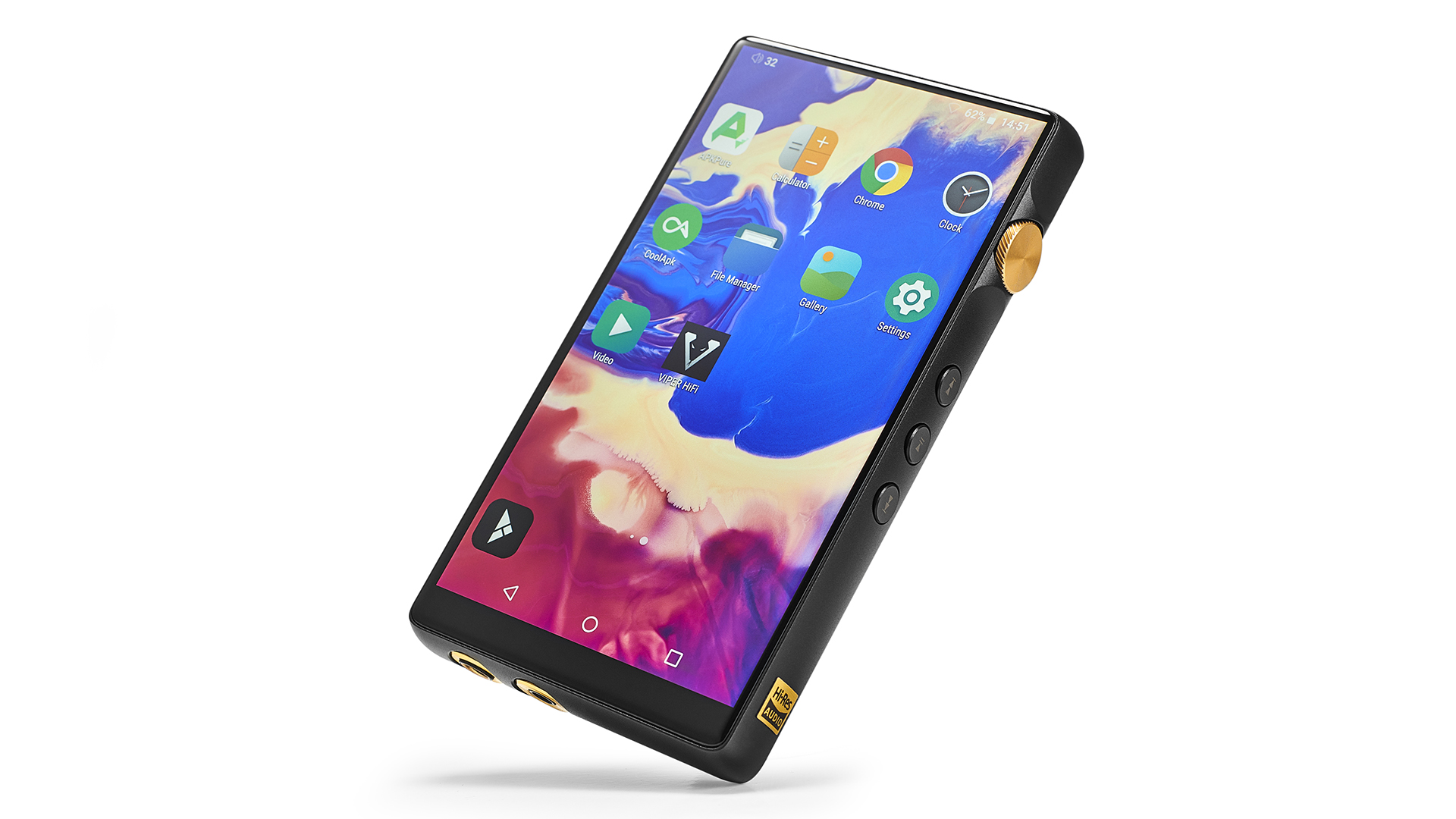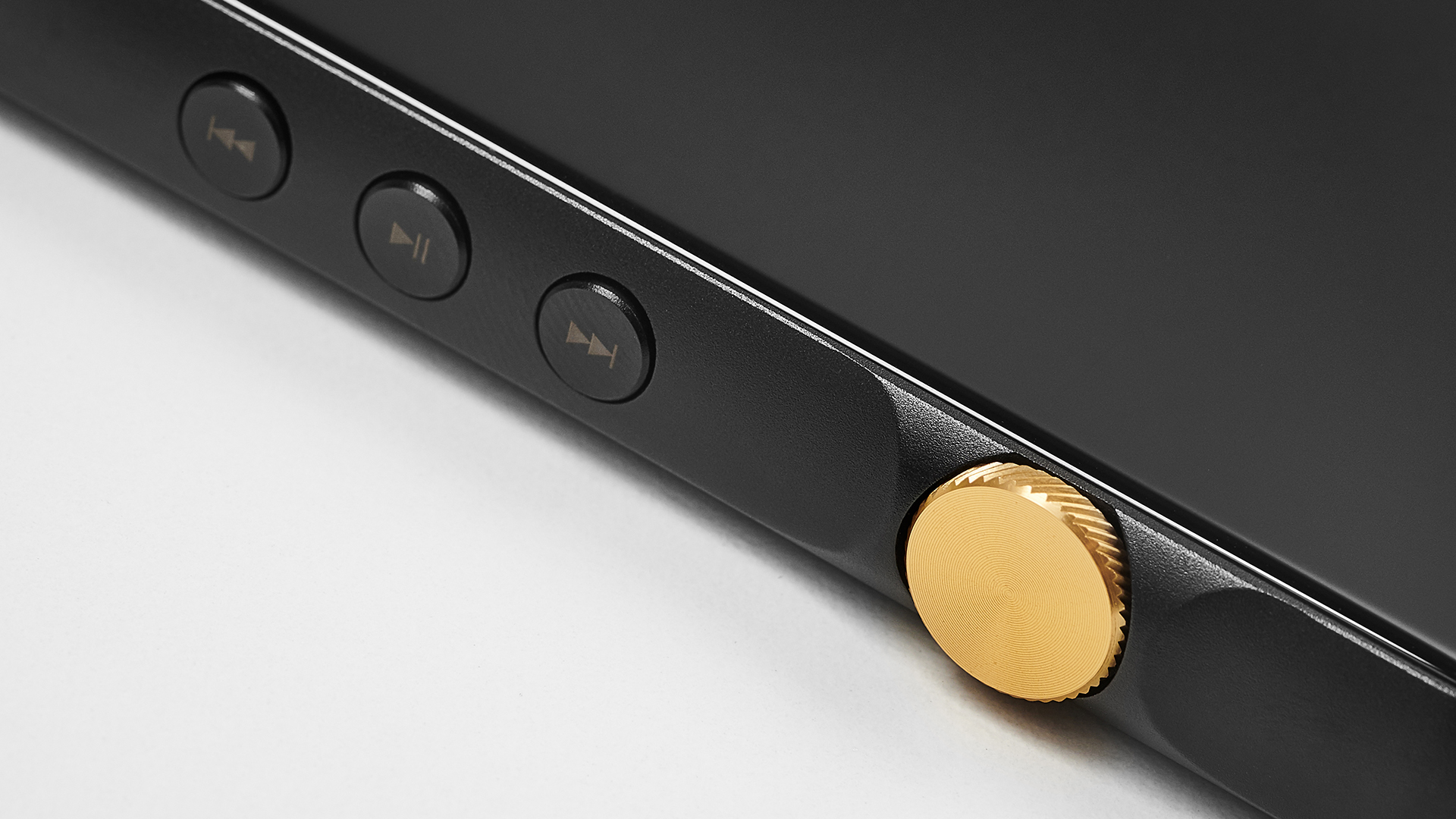What Hi-Fi? Verdict
Crosses the line between ‘perky’ and ‘aggressive’ quite early, and never comes back
Pros
- +
Great spec
- +
Fine interface
- +
Vigorous sonic signature
Cons
- -
Average battery life
- -
Relentless in its audio drive and attack
Why you can trust What Hi-Fi?
Throughout its lifetime, which is fast approaching 15 years, iBasso has turned out numerous portable media players, which have ranged in quality from ‘not too bad’ to ‘really quite good’.
But, as anyone who takes an interest in consumer electronics knows, ‘quite good’ is seldom good enough. There’s always a competing product that can make iBasso’s ‘adequate’ seem inadequate.
The Chinese brand’s latest attempt to move from ‘there or thereabouts’ to ‘top of the pile’ is this, the DX160. The price-to-features ratio appears good. The specification appears competitive. Not for the first time, iBasso would appear to have given its newest portable player everything it needs to compete. But can it?
Build

£349 ($399) is a considerable sum to pay for a digital audio player, but it’s not quite premium-range money. As such, the DX160 doesn’t quite feel the luxury item that more expensive FiiO or Astell & Kern devices are.
At 11cm tall and 7cm wide, and weighing 178g, the iBasso is proportioned like a serious item and lightweight enough to be easily portable. It feels a little hollow in the hand, though – weight-saving is all well and good, but there’s a balance to be struck.
That’s not to say it has been put together carelessly. The combination of glass, aluminium and plastic materials is reasonably tactile, and the usual iBasso build quality is evident.
The few physical controls are neatly integrated, and the bright 1920 x 1080 LCD touch-screen occupies virtually the entire front of the DX160, adding to its perceived value.
The latest hi-fi, home cinema and tech news, reviews, buying advice and deals, direct to your inbox.
Features

Despite forgoing the usual iBasso swappable amp-card configuration (which has saved weight, cost and a few millimetres of depth), the DX160 is specified in a most business-like manner.

Screen 5in
Resolution 1080 x 1920
Bluetooth version 5.0
Battery life 13 hours
Dimensions (hwd) 11.3 x 7 x 1.5cm
Weight 178g
Running up-to-the-minute Android 8.1, allied to an octa-core processor, the iBasso is swift and stable in operation. Despite the absence of the Google Play Store (which means getting familiar with the APK Pure alternative) there are enough worthwhile apps available to make multitasking essential – and the iBasso is happy to do so.
However, that Android 8.1 eats into the internal memory somewhat. The DX160’s 32GB of onboard storage looks acceptable enough, but by the time the operating system has taken its share, you’re looking at more like 25GB. Just as well there’s a microSD card slot on the chassis.
Physical controls are limited to ‘play/pause’, ‘skip forward/backward’, ‘power on/off’ and ‘volume up/down’. The volume adjuster is a grippy little wheel, which is nice to use unless you use the handy gel case iBasso provides - it makes operating the volume control a pain in the neck.
In terms of outputs, the DX160 has 4.4mm balanced and 3.5mm unbalanced headphone sockets and also packs Bluetooth 5.0 for wireless connection. Before the information reaches the headphone outputs, though, it has been thoroughly dealt with by the iBasso’s dual Cirrus CS43198 DACs – these are of native 32-bit/384kHz and DSD256 resolution, so every worthwhile file type (including MQA) is supported.
The DX160 has a 3200mAh battery that’s chargeable from flat in around 150 minutes via the player’s USB-C socket. iBasso claims an average battery life of 13 hours, but in our experience, that’s wildly optimistic. Keep the screen resolution at 1080 and stream some Tidal Masters files (the DX160 features dual-band wi-fi) and you’re looking at more like nine hours.
Sound

The iBasso DX160 has some areas of genuine expertise where audio playback is concerned, but, first and foremost, it’s an absolutely relentless listen.
It’s like meeting someone at a party or an office team-building away-day who seems lots of fun, really vivacious, the life and soul of the party – nine times out of ten, they turn out to be exhausting company. The DX160 is like one of those people.
No matter the type of music you listen to, no matter from where it originates and no matter the relative quality of the digital file in the first place, the iBasso will put a rocket up it. Its overall sonic signature is one of drive, and plenty of it – it is almost challengingly attacking.
A 16-bit/44.1kHz CD-quality file of The Stooges’ I Wanna Be Your Dog is packed with detail, impressively separated and focused, and really revealing – the subtleties of the overdriven guitar, the dynamics of the sloppy bass playing and the front-foot attack of the drumming are all given full description.
There’s ample space for complete vocal expression, and even though this is a rudimentary recording (in every sense) it’s served up on a gratifyingly wide soundstage. Focused and entirely believable, the DX160 is almost fanatically attentive, but its fleetness of foot quickly becomes a kind of over-caffeinated ranting.
Listening to Thom Yorke’s The Last I Heard as a 24-bit/44.1kHz file from the DX160 integrated memory proves the point. It absolutely powers forward, but part of this overwhelming impression of pace is due to a relative lack of low-frequency substance.
The iBasso’s bass response is just as detailed as the rest of the frequency range but, while it has all the extension it needs, it’s strangely short of substance. There’s no physicality to the DX160’s low-end reproduction, just eye-popping energy.

The Thom Yorke tune does show iBasso’s proprietary Mango music player in a favourable light. Compared to a 16-bit/44.1kHz file of the same song via the Tidal app, the Mango-derived version sounds fuller, and somehow a more complete picture. It doesn’t sound any more relaxed or relaxing, though.
It follows that a recording that relies on simmering rather than boiling, that’s laid-back rather than front-foot, doesn’t fare too well. Aretha Franklin’s Dr Feelgood ought to sound sultry and languorous, but the DX160 isn’t having any of that. It jostles the tune forwards at every opportunity and the loping tempo suffers as a result.
A sound as energetic and exciting as that of the iBasso DX160 is quite invigorating for a while. But it doesn’t take long to realise that its unyielding nature is the sonic equivalent of attention deficit disorder.
Verdict
In terms of specification and user experience, the iBasso looks nigh-on ideal. But its sound – ‘perky’ in the manner of an Ibiza all-nighter – gets wearing sooner rather than later.
SCORES
- Sound 3
- Features 5
- Build 4
MORE:
Best portable music players 2020
Read our Astell & Kern A&ultima SP1000M review
What Hi-Fi?, founded in 1976, is the world's leading independent guide to buying and owning hi-fi and home entertainment products. Our comprehensive tests help you buy the very best for your money, with our advice sections giving you step-by-step information on how to get even more from your music and movies. Everything is tested by our dedicated team of in-house reviewers in our custom-built test rooms in London, Reading and Bath. Our coveted five-star rating and Awards are recognised all over the world as the ultimate seal of approval, so you can buy with absolute confidence.

